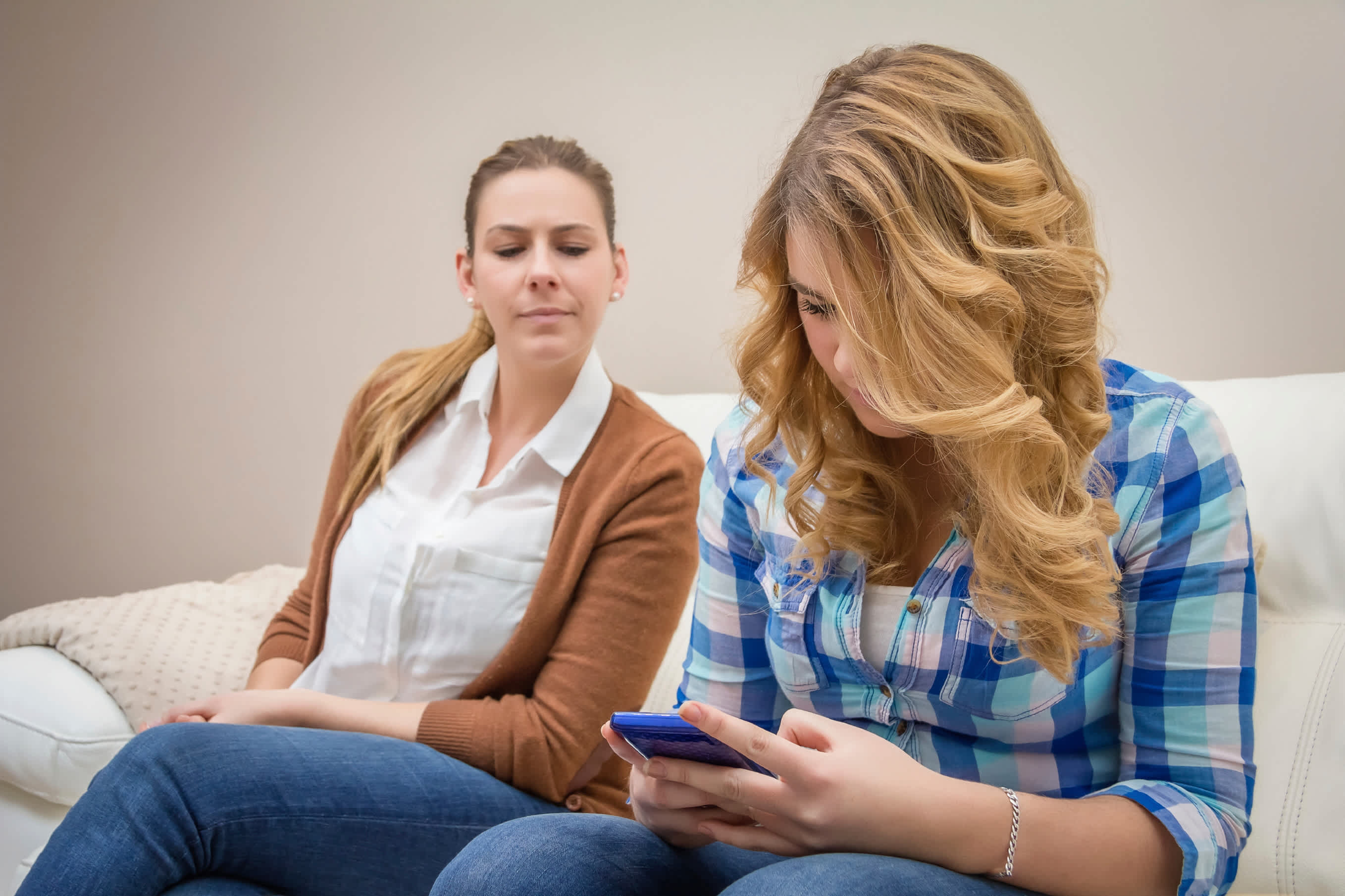
Have you had "the talk" with your teen?
Not the birds and the bees, the other talk: the one about purity and privacy in a not-so-private world of smartphones and pervasive oversharing apps like Snapchat, Confide and CyberDust.
Snapchat and Self-Destructing Photos
When Snapchat with its "disappearing" shared photos was launched three years ago, teenagers flocked to use it, making it the number one social media app in the younger age bracket.
Snapchat was created to share photos one on one, but last year they introduced "group share" where teens can share their self-destructible photos with the masses.
The sheer amount of objectionable material on Snapchat should move it to the "no-go" column of every parent's app list. As bad as this app can be, there are several others that have taken the idea of sharing secret information to another level.
Texting Apps and Private Messaging
The average texting teenager sends more than 3,300 text messages each month. Thanks to the popular apps Confide and CyberDust, your teen can now share text messages that leave no history. CyberDust works very similarly to Snapchat in that you can set a timer on your text messages.
Confide is the newest entry to the private messaging world. When you receive a text from a user it only shows a series of blocks where the words should be. As you swipe your finger over the blocks, the words are revealed. This keeps the user from taking a screenshot of the whole message.
Oversharing and a Lack of Accountability
In the truest form of sharing secrets, app users are turning to Whisper and Secret.
Think of Whisper and Secret as your own online confessional except no one ever knows who is sharing the tawdry information. Users don't use their real names or pictures, which leads many to become as inappropriate as possible by sharing their desires or secrets that they would never say out loud.
A cursory look at each app shows that more than half of the "secrets" being shared are sexual in nature. Both of these have been in the top 10 apps used by teens.
Where there is no accountability, we will always fall into a trap of oversharing our lives or becoming prying voyeurs into someone else's life.
What You Can Do as a Parent
As a parent, it is important to always be aware of what apps are installed on your child's phone or handheld devices.
Take a few minutes at least once a month to look at their screens unannounced. This will help create healthy boundaries, as they never know when mom or dad will be coming to check up on them. Also, talk with your child about the responsibility of information.
Nothing shared online ever truly disappears. The things we share with others reflect our character and intention and can have long-term consequences for the future when applying to college or seeking a job. Help your child to live life in the open, free from secrets.
27 Texting Acronyms All Parents Should Know
PIR—Parent in room
9—Parent watching
99—Parent gone
CD9—(Code 9) means parents are around
P911—Parent Emergency
PAW—Parents are Watching
POS—Parent Over Shoulder
PRW—Parents Are Watching
KPC- Keeping parents clueless
CID—Acid (the drug)
DOC—Drug of choice
Broken—Hungover from alcohol
420—Marijuana
53X—Sex
KOTL—Kiss on the lips
(L)MIRL—Let's meet in real life
PRON—Pornography
CD9—Parents around/Code 9
WTTP—Want to trade pictures?
SUGARPIC—Suggestive or erotic photo
TWD—Texting while driving
BF / GF—Boyfriend / Girlfriend
GTG—Got to Go
IDK—I don't know
Noob—(Newbie) often an insult to somebody who doesn't know much about something.
NMU—Not much, you?
S2R—Send To Recieve (pictures)
Article courtesy of Parenting Teens magazine.